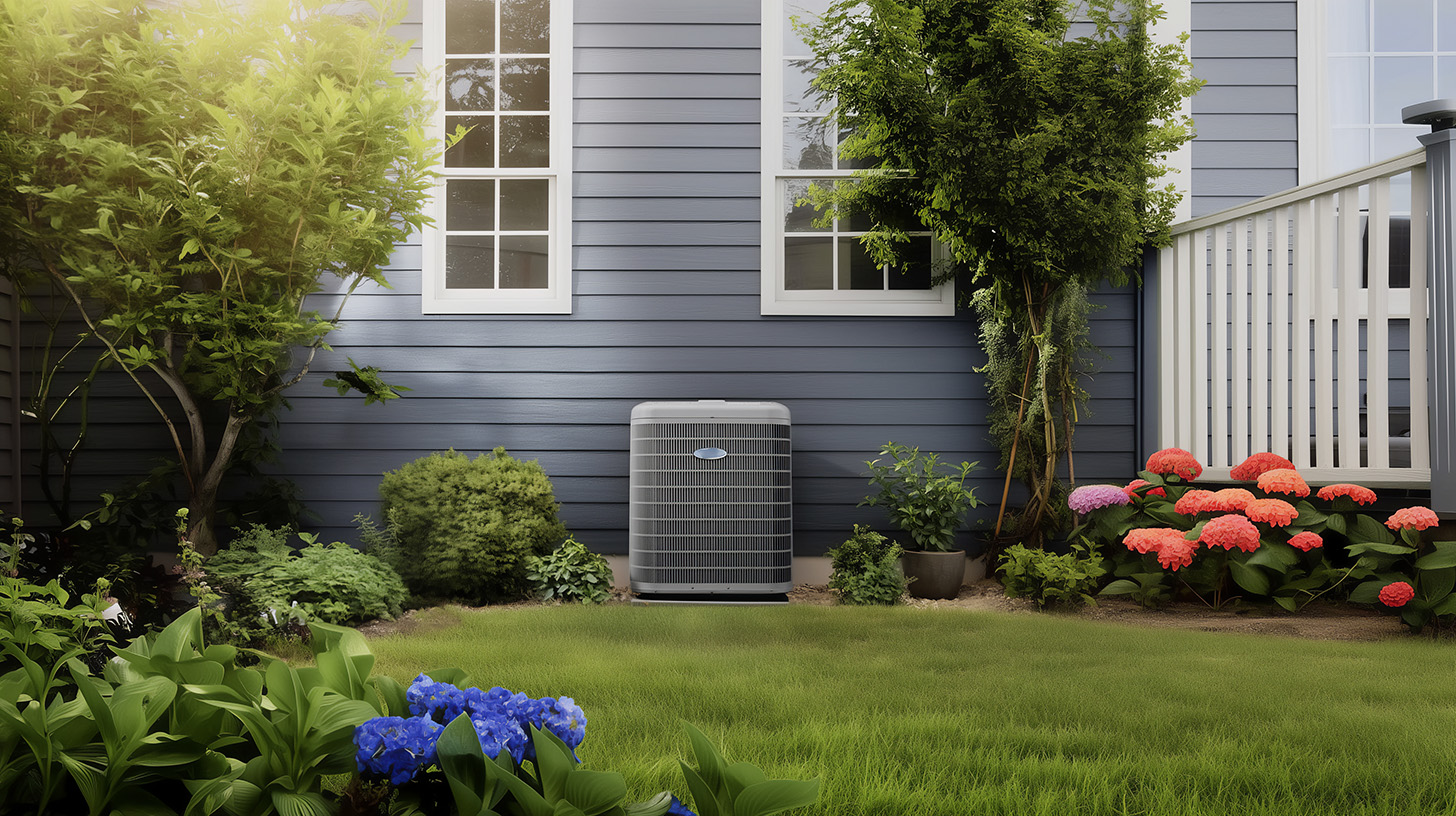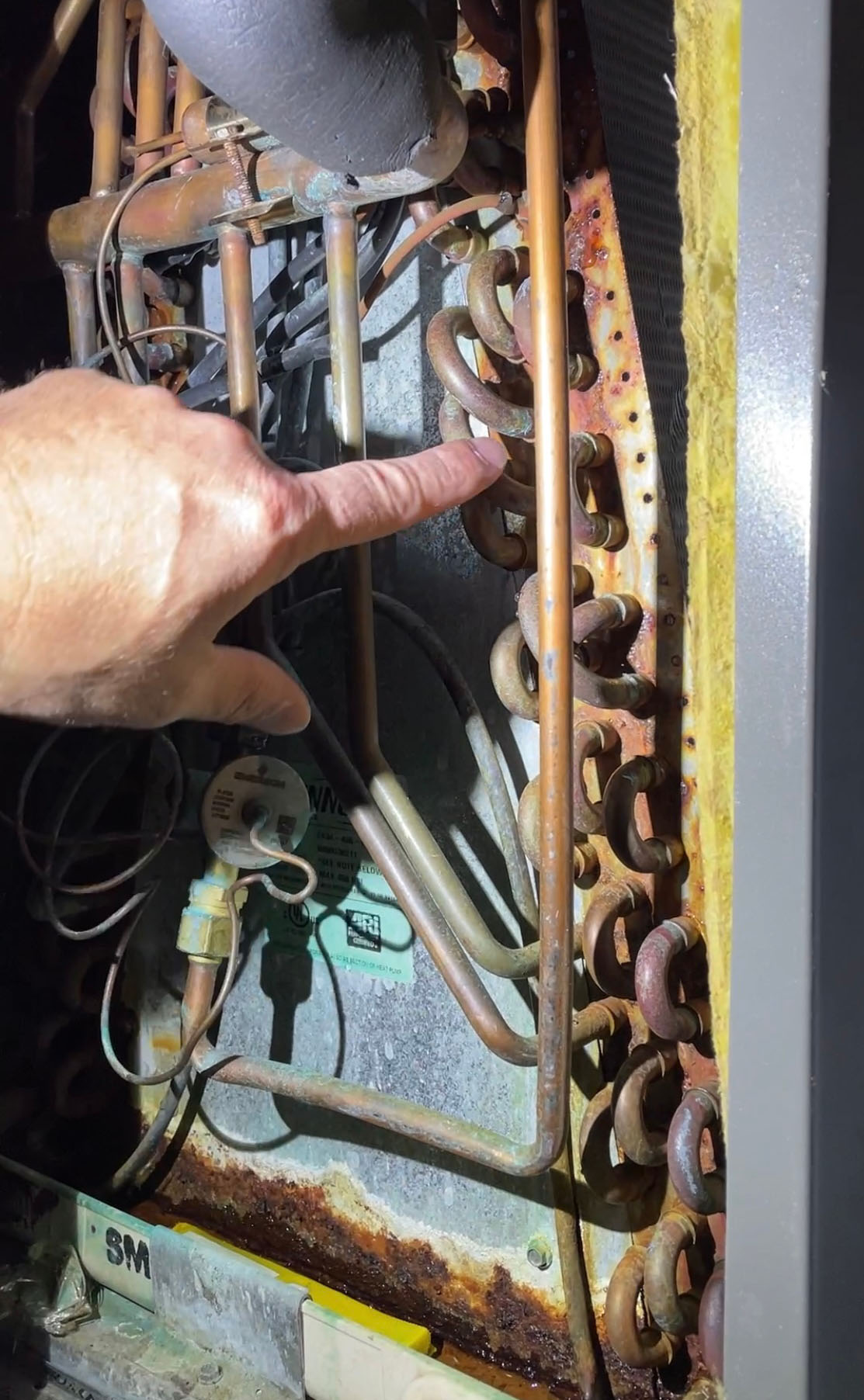A Technician’s Guide to Air Conditioner Maintenance

Wow. I have to say, the response to my last article about saving older Carrier systems was incredible. Our office phone rang more than a few times, and the emails I received mostly asked about air conditioner maintenance and troubleshooting. People were relieved to hear that their 8-year-old AC wasn’t necessarily on its last legs, but they all followed up with the same smart question: “So, what can keep it running well?”
I love that question. It’s the shift from reactive panic to proactive care, and it’s the single biggest factor in determining whether your HVAC system has a long, happy life or a short, troublesome one.
You don’t have to be a licensed technician to have a massive impact on your air conditioner’s health and efficiency. Today, I want to get my hands dirty and walk you through the essential maintenance checklist I share with my own family. Think of this as the proactive playbook that will save you money, prevent those mid-heatwave breakdowns, and keep your home comfortable all summer long.
Let It Breathe: Your AC’s Most Important Spa Day
Before we get into checklists and tools, let’s talk about the single most important and easiest thing you can do for your air conditioner. Go outside and look at it. I’m serious.
Your outdoor unit, called the condenser, has one job: to dump all the heat it has pulled from your house into the outside air. It’s basically the lungs of your system, constantly exhaling heat. To do this, it needs to be able to breathe freely. The big metal fins you see wrapped around it are called the coil, and this is where that critical heat exchange happens.
I was at a home in a beautiful part of Mississauga once, surrounded by lush gardens. The homeowner’s complaint was that the AC would run for a bit, then just shut off, especially on really hot days. When I got to the outdoor unit, I could barely see it. It was choked by dense shrubbery on three sides, and the coil itself was caked with a thick blanket of dirt, pollen, and decomposing leaves.
That system wasn’t broken; it was suffocating. The pressure inside was skyrocketing because it couldn’t get rid of the heat, and a safety switch was shutting the compressor down to prevent it from burning out. The compressor is the heart of your AC, and making it work under those conditions is like asking a marathon runner to breathe through a coffee straw. It will lead to a premature death.
Your Action Plan:
- Create a No-Fly Zone: Give your unit at least two feet of clear space on all sides. Trim back those bushes, pull the weeds, and don’t let anything block the airflow.
- Give it a Gentle Rinse: At the start of the season, turn the power off to the unit (there should be a disconnect box on the wall nearby). Take your garden hose and, on a gentle “shower” setting, rinse the coil from the top down. You’ll be amazed at the gunk that flows out. Don’t use a pressure washer you’ll bend the delicate aluminum fins.
- A Word of Warning on Pets: I love dogs, but your AC unit does not. I have seen countless units, less than five years old, with their coils completely corroded and destroyed at the bottom. The ammonia in pet urine is brutally effective at eating away at the aluminum and copper. This kind of damage is irreparable and leads to refrigerant leaks. A small decorative fence can be a coil saver.

Your Proactive Maintenance Checklist: The Terence Touch
Alright, with the breathing room sorted, let’s move on to the regular check-up. The experts at Carrier have a great starting point on their website with their own list of tips. It’s a solid foundation and you can read it here: 5 Air Conditioner (AC) Maintenance Tips You Should Know.
I want to build on that with my own field notes, explaining not just what to do, but why you’re doing it.
1. Filters, Filters, Filters! (Done Quarterly or Every 6 Months)
I said it last time, and I’ll say it until I’m blue in the face: change your filter. A clogged filter is the #1 cause of poor performance and system failure. It restricts airflow, which can cause the indoor coil to freeze into a solid block of ice, even on the hottest day. If you have an EAC (Electronic Air Cleaner), make sure you follow the instructions to clean those cells. They’re great, but a dirty one is as bad as a clogged filter.
2. Inspect the Fins (A Quick Visual Check)
Walk outside and look at the aluminum fins on the condenser. Are they mostly straight, like the teeth of a comb? Or are they bent and flattened in spots from hail, a stray baseball, or leaning things against the unit? Large areas of bent fins block air just like dirt does. For small problem areas, you can buy a cheap “fin comb” at an HVAC supply store to gently straighten them yourself.
3. The Unsung Hero: The Condensate Drain (Check Every Few Months)
Your air conditioner is also a fantastic dehumidifier. All that water it pulls from your humid Ontario air has to go somewhere. It drips down the indoor coil into a pan and out a pipe, usually a small PVC pipe that drains outside or into a floor drain. Over time, that pipe can get clogged with dust, algae, and other gunk.
This is a silent killer. I once walked into a basement in Newmarket where the furnace, which sits under the AC coil, was rusted out at the bottom. A simple $0.50 clog in the condensate drain had caused it to overflow for weeks, silently destroying a multi thousand dollar furnace.

How to Check: Find where the drain line exits your house. On a humid day when the AC is running, you should see a steady drip, drip, drip. If you don’t, or if you see water pooling around your indoor unit, it might be clogged. You can often clear it by using a wet/dry vac on the outdoor end of the pipe to suck the gunk out.
4. Eyes on the Lines (Visual Inspection)
You have two copper pipes running from your indoor unit to your outdoor unit. One should be warm, and the other should be cold and covered in insulation. You don’t need to be a pro to spot trouble. Are there any oily, greasy looking spots on the pipes or their connections? Do you see ice or frost forming on the pipes during the summer? These are tell tale signs of a refrigerant leak. You don’t fix this yourself, but spotting it early and calling a pro can be the difference between a small repair and a major component failure. Leaks can happen from a poor installation, vibrations over time, or even another contractor accidentally nicking a line.
5. What’s Hiding in the Panel? (A Word of Caution)
This is where I tell you to be extremely careful, and for most people, this is a job for a professional during an annual tuneup. But I want you to know what we’re looking for. I have opened up countless outdoor units in the spring to find a winter’s worth of surprises. Squirrels and other rodents love to build nests inside them. I’ve found acorns, chewed wires, and even the sad remains of a mouse that got zapped by the high voltage.
Those chewed wires are a serious fire hazard. We also check the electrical components, especially the capacitor. As I mentioned in my Hamilton story, the capacitor is a wear item, like the brakes on your car. It will fail eventually. During a tuneup, we can test its strength (measured in microfarads) and recommend a replacement if it’s getting weak, saving you from that inevitable “no cool” emergency call.
6. Test Your Thermostat
This is an easy one. Just make sure it’s accurate. Set it to a specific temperature and use a separate, reliable thermometer to see if the room actually reaches and holds that temperature. A faulty thermostat can lead to wasted energy or discomfort.
The Payoff: It’s More Than Just Cool Air
Following these steps isn’t just about preventing breakdowns. A well maintained air conditioner works more efficiently, which means lower hydro bills. It has a significantly longer lifespan. And here’s something many people overlook: it does a much better job of controlling indoor humidity.
A properly running AC doesn’t just cool the air; it dries it. That lets you feel comfortable at a higher temperature (say, 24°C instead of 21°C), which saves a ton of energy. It also helps keep your home at a healthy humidity level, reducing the chances of mold and mildew.
You are now armed with more knowledge than 90% of homeowners. You know how to care for your system, what to look for, and when to call for backup. A little proactive attention goes a long, long way.
Big thank you to the YouTube channel “Word of Advice TV.” They made another great video about “Top 5 AC Problems and How to Fix Them” that you don’t want to miss.
Don’t hesitate to reach out if you need any help with your air conditioning.
Get a Free Consultation
Our Community Contributions

When Tragedy Strikes Home, a Community Must Rise – Standing with the Cristillo Family








